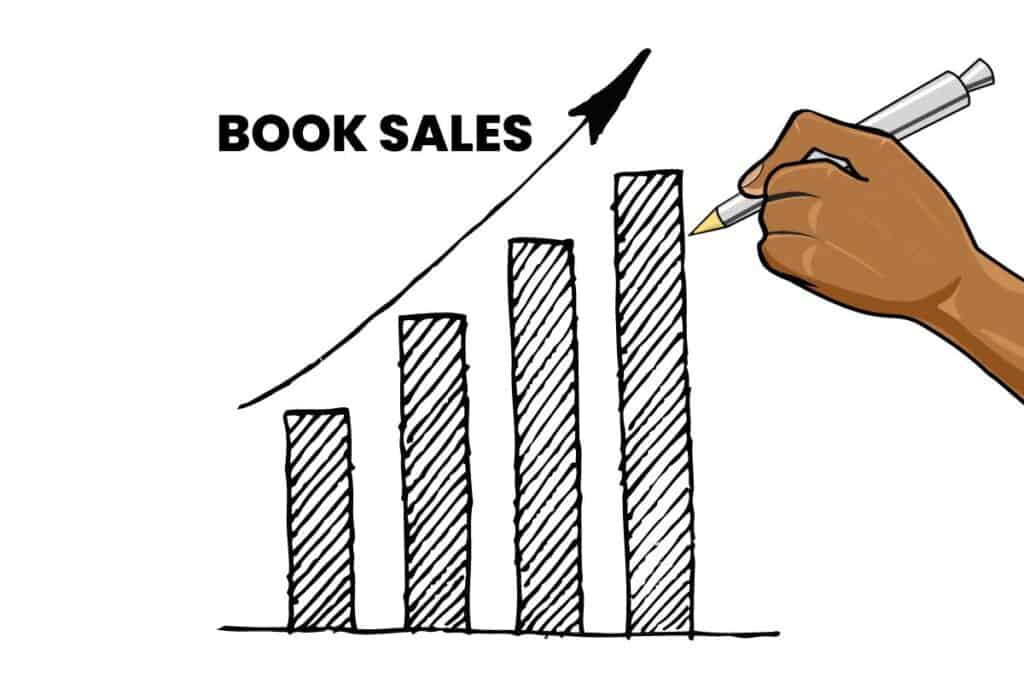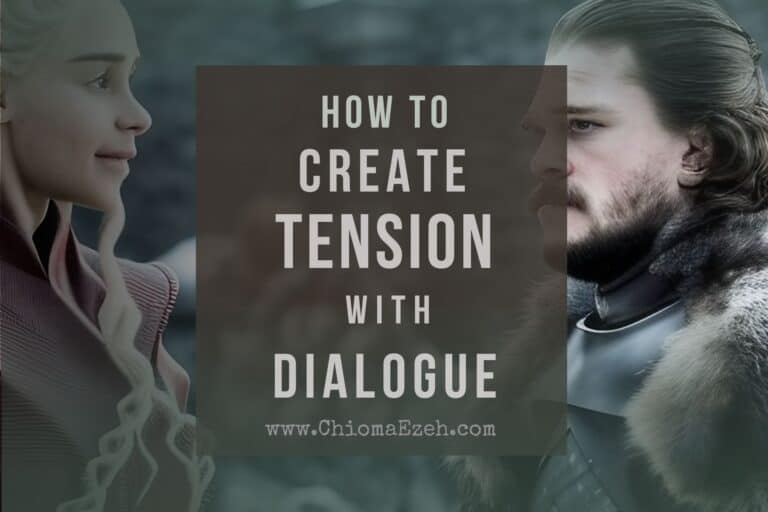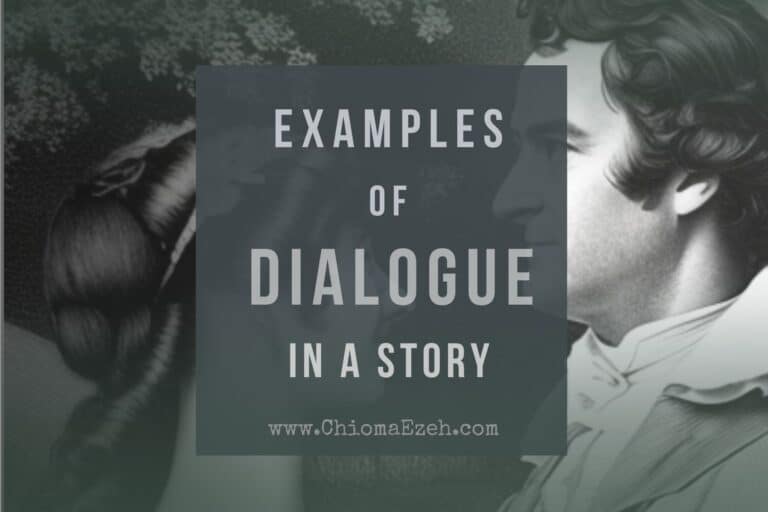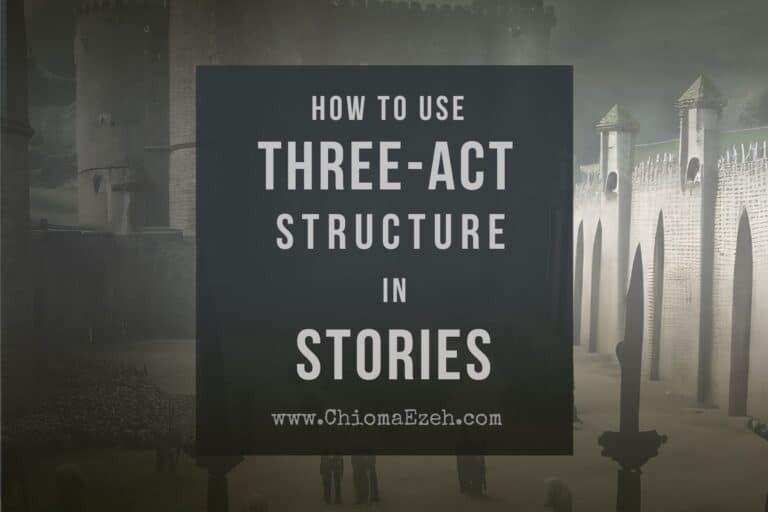What Is The Three Act Structure? [Defintion, Outline, & Examples]
The three-act structure is a common tool used by writers and storytellers to create engaging narratives. But what exactly is the three-act structure? How does it fit into storytelling, and why should you use it to write your own story?
In this article, we’ll explore these questions as well as look at examples of stories that use the three-act structure. Finally, we’ll provide some tips on how to implement this powerful narrative device in your own story.
👉 If you’re interested in learning about the other narrative structures, see our overview guide to story structure
Let’s Talk
Are you a writer aspiring to pen a masterpiece that never fails to captivate? Look no further. Reach out to us and uncover how we can help you to take your writing to unprecedented heights!

What Is the Three Act Structure?
The three Act Structure is an approach to storytelling that divides the narrative into three distinct parts: Act I (setup), Act II (confrontation), and Act III (resolution). Each part has its own unique purpose in the story.
Act 1 introduces characters, settings, and themes, and goals, while Acts 2 and 3 are devoted to the main character’s journey toward achieving this goal.
Setup or Act I serves as an introduction to the characters and world of the story. Act II is all about confrontation—the main character faces challenges and struggles along their journey towards achieving their goals. Finally comes resolution (Act III) where we find out how everything turns out after all that struggle.
The three-act structure can be used in any type of story including books, plays, films, video games, and more. It is a helpful tool for writers who want to create a story with a clear beginning, middle, and end.
Components of The Three-Act Structure
1. Act I.
In Act 1 (the setup), you introduce your characters and their world. This is where you set up all of the necessary information that will be needed for later events in your narrative.
This act also sets up expectations for what will happen next by introducing conflict or obstacles for the protagonist to overcome in order to reach their goal. This could include anything from family drama to a mysterious villain lurking in the shadows.
Three Act Structure: Act I Outline
- Introduce the main characters and their goals
- Establish the status quo of the world before any major events happen
- Present an inciting incident that disrupts the status quo and sets off a chain of events
- Reveal how each character is affected by this event, and how they react to it
- Introduce any obstacles or complications that arise from these reactions
- Show how each character works towards their goal despite these obstacles/complications
- End Act 1 with a climax, where one or more characters make significant progress toward their goals
2. Act II.
Act 2 (the confrontation) is when things start getting interesting. This is the stage where most of the plot development and character dynamics come into play. In this section of the story, conflict arises between characters, and tension builds as more obstacles are thrown at them. The conflict is usually resolved by either a physical battle or emotional climax at some point near its end.
Three Act Structure: Act II Outline
- Introduce the Conflict – Show how the protagonist’s goals are being challenged
- Develop Tension – Increase the stakes and show how the conflict is escalating
- The Midpoint – Pivotal moment in which a major shift occurs in either direction
- Rising Action – Protagonist discovers new information or obstacles as they try to achieve their goal
- Climax – Highest point of tension where protagonist must make a difficult decision or take action, and setting up for Act 3
3. Act III.
This is the resolution. We find out how everything turns out after all that struggle. The hero triumphs over evil (or fails miserably), relationships are mended (or broken forever), and mysteries are solved (or remain unsolved). Here you provide closure and tie up all loose ends so readers can have closure on whatever happened during Acts I & II while still leaving room for sequels if desired.
Three Act Structure: Act III Outline
- Introduce the resolution of the story
- Show how the main character’s journey has led them to this point
- Reveal any surprises or plot twists that have been built up throughout Act 2
- Provide resolution for all conflicts and questions raised in Acts 1 and 2
- Demonstrate how the main characters have changed due to their experiences in Act 3
- Wrap up loose ends from previous acts, such as unanswered questions or unresolved relationships
- Show a glimpse into what life will be like after the events of Act 3 are resolved
How does the three act structure fit into a narrative?
The three-act structure is often employed in narrative construction for tales with a clear beginning, middle, and end plots. It gives writers a strong foundation on which to build their stories, while also creating a smooth and enjoyable experience for their audience.
It is an efficient way to structure stories, as it helps writers keep track of plot points and prevents them from becoming overwhelmed by too much information.
It is important to note that the Three-Act Structure is not a rigid formula, but rather a loose framework that can be adapted and used in different ways based on the storyteller’s needs.
Writers can adjust the structure depending on the type of story they are telling, or even expand into a fourth and fifth act (like the Five act structure) if they feel it is necessary. As long as the basic principles remain, this structure can help writers achieve their desired narrative arc.
What are the Pros And Cons of Using the Three Act Structure in Storytelling?
Pros of The Three Act Structure
The main benefit of using this structure lies in its ability to create suspenseful stories without feeling overwhelmed by too much information at once – something that often happens when writers try tackling complex plots without proper organization first.
Other Pros include:
- Provides a clear, simple structure for structuring stories
- Gives better control to authors
- It also allows authors control over pacing; slowing down key moments while speeding through others depending on what kind of effect they want their audience left with after finishing.
- Helps Identify Issues early on, making it easier to identify any weaknesses or gaps before they become too large to fix later on.
- This approach is also beneficial for readers. It helps them better follow along with your tale since they know exactly where things stand at any given moment.
Cons of Using The Three Act Structure
Despite its many advantages, the Three-Act Structure does have some drawbacks. As mentioned previously, this structure can be limiting for stories that require a more complex narrative arc.
Also, if a storyteller relies too much on this structure and fails to come up with their own creative ideas, they may end up with a predictable and generic story. Furthermore, using this structure can be difficult for writers who are not familiar with it, as the three acts need to flow seamlessly from one another in order for the story to work properly.
👉 If you’re interested in using this structure to plot your own story, read our guide on how to use the three act structure.
Examples of Stories That Use the Three Act Structure
Many classic films, books, plays, and even video games have employed this structure to great effect. Examples include:
Example 1:
One of the earliest examples of the three-act structure can be found in Homer’s Odyssey. Odysseus commences an extended voyage home, having been absent for a lengthy period. The first act sets up his journey by introducing characters such as Circe and Calypso who provide obstacles for him to overcome along the way. The second act focuses on Odysseus’ struggles against these foes as he attempts to reach his destination. Finally, in the third act, we see Odysseus successfully complete his quest and return home triumphant despite all odds stacked against him.
Example 2
Examples such as JK Rowling’s Harry Potter series use this structure perfectly – beginning with young Harry being introduced at Hogwarts School Of Witchcraft And Wizardry before facing off against Lord Voldemort and ultimately defeating him during Act III’s finale battle scene.
Other popular examples include Star Wars Episode IV: A New Hope; The Hunger Games trilogy; Avatar: The Last Airbender; Avengers Infinity War & Endgame.
How to Implement the Three Act Structure in Your Own Writing or Projects
- Identify the elements of your story by first before constructing it into a cohesive narrative arc.
- Develop an outline with clear objectives and plot points so you can easily track how each act progresses from beginning to end.
- Map out scenes with precision when outlining your stories.
- try and keep the foremost focus on progression between acts rather than getting bogged down trying to perfect individual sentences here and there.
- Smoothen Transitions between different segments
- Use literary devices such as metaphors, similes, idioms, etc.—whatever fits best given the subject matter at hand.
Video Recommendation: Three Act Structure
FAQs On the Three Act Structure
What Is The Three Act Structure?
A 3 act structure is a way of structuring stories and plots, commonly used in screenwriting. It divides the story into three parts: setup (act 1), confrontation (act 2), and resolution (act 3). Act 1 introduces characters, settings, and themes, and establishes the main conflict. In act 2 the tension builds as events move towards an inevitable climax. Finally, in act 3 all conflicts are resolved to bring about a satisfying conclusion.
What Is The Most Important Plot Point Of The Three Act Structure?
The most important plot point of the three-act structure is the climax. At the climax, all of the narrative’s tensions and issues reach their apex, resulting in a shift for the protagonist. The climax should be unexpected yet logical in order to keep readers engaged and provide an emotionally satisfying resolution.
Final Thoughts on Using the Three-Act Structure for Stories
The Three-Act Structure is a useful device for constructing any creative project, from novellas to feature films, as it provides an organized outline and aids in the creation of characters and motifs.
The Three-Act Structure offers an organized and transparent foundation for the narrative, helping creators to concentrate on character progression and motifs. As with all storytelling techniques, there are many variations of the Three-Act Structure that can be used in different ways.

![What Are The Elements Of A Story? [Explained With Examples]](https://chiomaezeh.com/wp-content/uploads/2023/02/Elements-of-a-story-768x512.jpg)




![5 Types Of Outer Dialogue You Should Know [Free Template]](https://chiomaezeh.com/wp-content/uploads/2023/03/types-of-outer-dialogue-768x512.jpg)